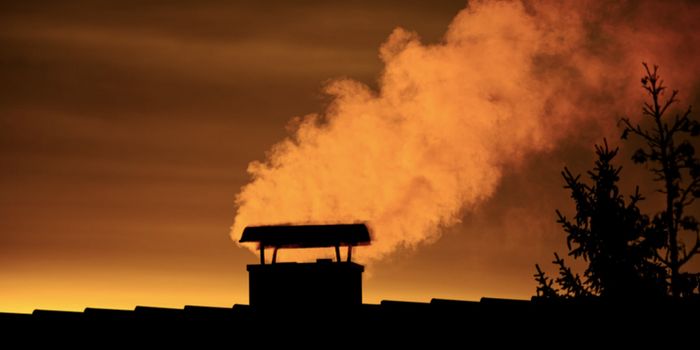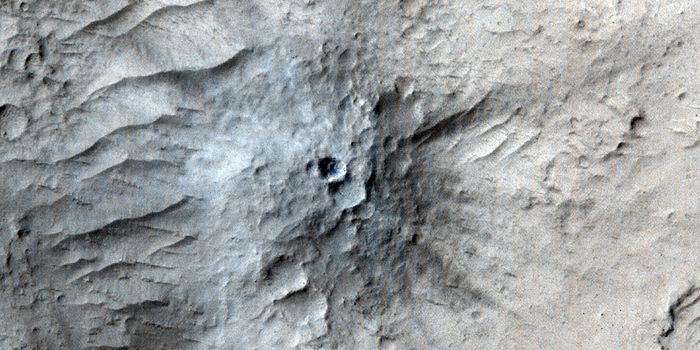Monitoring sea surface temperatures in the Pacific
New research published in Geophysical Research Letters reports more glum climate news: the northwestern Pacific Ocean experienced record sea surface temperatures (SSTs) this August and human activity was the driver. August is the time of year when SSTs typically are the warmest in the northwestern Pacific and near the coasts of Japan, but this year SSTs rose to unprecedented levels. The study comes from a National Institute for Environmental Studies (NIES) team, collaborating with scientists at the Japan Meteorological Agency and the National Oceanic and Atmospheric Administration.
"Understanding the tropical warm water expansion in the Indo-Pacific and Atlantic Oceans is essential for projecting changes in the characteristics of tropical cyclones and other weather events in the future," said co-author Hideo Shiogama, who heads the Climate Risk Assessment Section at the Center for Global Environmental Research, NIES. "A quantitative evaluation of what drives regional extreme temperatures happening recently is necessary to take appropriate measures to reduce greenhouse gas emissions and the impacts of global warming."
Not only were sea surface temperatures this year were unseasonably warm, reaching and surpassing 30°C, but they stayed warm until well past the normal season. The researchers say that these high SSTs likely played a role in intensifying tropical cyclones like Typhoon Haisheng.
The key to this study was understanding what responsibility humans have played in this unprecedented high. "The numerical climate model ensembles are powerful tools to quantitatively distinguish between natural variability of the Earth system and climate changes caused by human activities," explains corresponding lead author Michiya Hayashi. "We can compare the historical and future experiments with a sub-ensemble of the Coupled Model Intercomparison Project (CMIP6) climate models forced only by the natural volcanic and solar activities to estimate to what extent human-caused climate changes have altered the northwestern Pacific Ocean condition until today."

These models make it clear the adverse influence that humans have had on sea surface temperatures. "The SSTs that exceed the pre-industrial range are rarely observed during the 20th century but have occurred frequently since 2010, indicating that human influences on the northwestern Pacific Ocean are already detectable in observations," commented co-author Seita Emori. "The human-induced ocean warming may have impacted tropical cyclones, heavy rainfall, and marine life from the past to present and will continue in the future unless tremendous mitigation measures would be implemented. It is time to take prompt actions to transform our society for reducing the greenhouse gas emissions and for adapting to a changing climate."
Sources: Geophysical Research Letters, Science Daily








